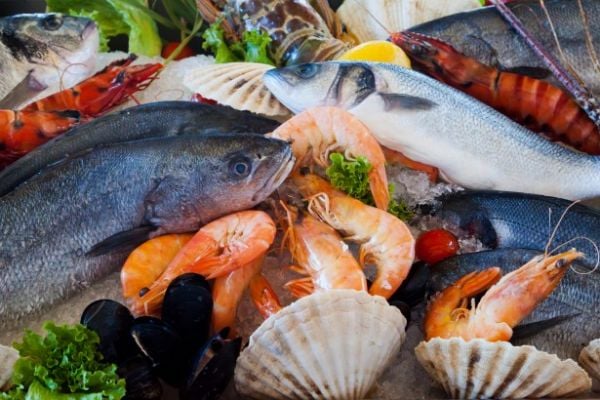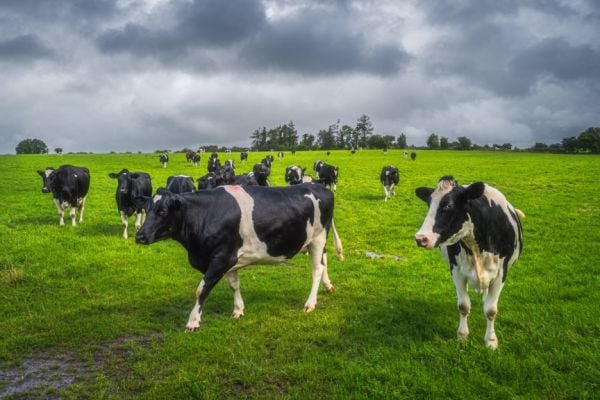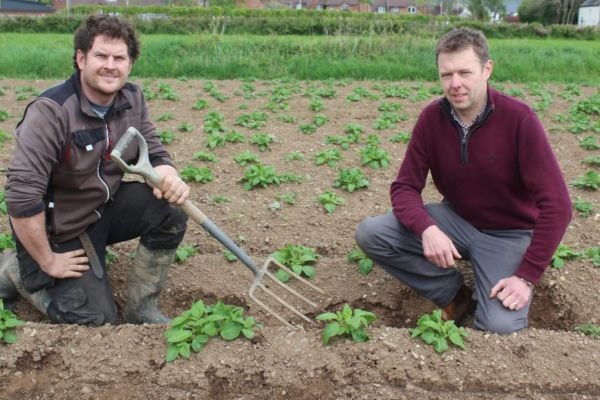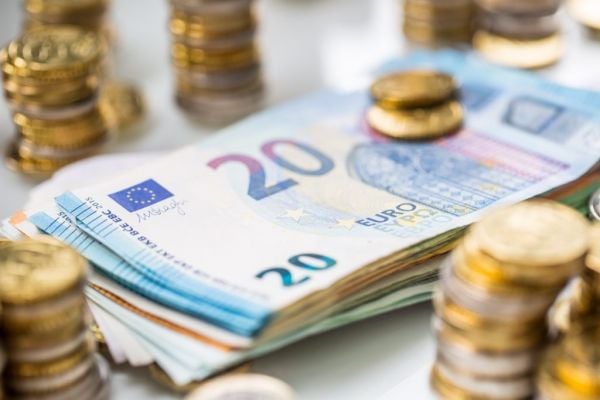The value of the Irish seafood economy increased to €1.3 billion last year – an increase of 4%, compared to 2021 – according to new figures from Bord Iascaigh Mhara (BIM).
This was largely driven by an increase in the domestic consumption of seafood in Ireland and in the foodservice sector, as well higher prices, both domestically and in the main export markets.
Brexit Adjustment Reserve
There was also a significant increase in government investment in 2022, as funding under the Brexit Adjustment Reserve began to come on stream.
The BIM Business of Seafood report, launched by the Minister for Agriculture, Food and the Marine, Charlie McConalogue TD, reveals a 10% increase in government investment (€255 million) in 2022.
This includes the opening of several Brexit Adjustment Reserve schemes, to support the industry in the latter half of the year.
Speaking at the launch event earlier today (18 April 2023), Minister McConalogue referred to the significant challenges facing the industry in 2022, including the conflict in Ukraine, which led to rising energy costs, as well as reduced quotas and difficult trading conditions with the UK in the aftermath of Brexit.
“Following from the economic shocks in 2020 and 2021, from the global pandemic and Brexit, 2022 brought with it a new set of challenges created by the war in Ukraine,” McConalogue noted.
“This has seen energy prices rise to unprecedented levels and created a difficult trading environment for the whole seafood sector, adding to challenges brought on by Brexit.
“However, the industry has once again shown its resilience to such shocks and continues to be a key socio-economic driver in coastal communities, employing more than 15,000 people. I recognise the pressure those working in the industry have faced in the last year, and that is why I have delivered significant funding under the Brexit Adjustment Reserve, to assist the sector.”
Market Inflation
The Business of Seafood report reveals how market inflation has resulted in strong price growth for Irish seafood, particularly wild-caught fish. The value of the overall Irish seafood sector increased by 13%, to €703 million, while the overall value of Irish aquaculture products increased by 10%, to €196 million.
Dublin Bay prawns surpassed mackerel as the most valuable wild-caught species for the industry, having more than doubled in price (+53%) in 2022.
Irish rock oysters increased by 8%, and rope-grown mussels grew by 7%, with both benefitting from strong price growth last year within the aquaculture sector.
Caroline Bocquel, CEO, BIM, also acknowledged the enduring strength of those working in the seafood industry, noting that it played a vital role in coastal communities in Ireland.
“The strong reputation of Irish seafood is evident in the figures released in this latest Business of Seafood report. Last year saw significant market volatility and disruption, following so soon after Covid and Brexit,” Bocquel noted.
“The dedication and resilience of those working in the industry is reflected in the increased value of the sector as a whole. BIM remains steadfast in its commitment to support industry to navigate the fast-changing global landscape.”
While the volume of seafood produced by the Irish sector didn’t match that of previous years, there was very strong price growth, particularly in the sea-caught fish sector, which saw prices increase by 38%.
During 2022, a total of €507 million worth of seafood landed at Irish ports, which was a 14% increase on 2021, in value terms.
Port Breakdown
According to the data, Killybegs, in Co. Donegal, was the state’s largest fishing port in 2022 by value, with landings worth €135 million.
This was closely followed by Castletownbere, in Co. Cork, with €129 million worth of catch landed.
The value of landings also increased significantly in the ports of Ros an Mhíl, Clogherhead and Greencastle, as a result of higher prices for whitefish and prawns.
The top-selling species on the Irish market during the year were salmon (€119 million) and cod (€44 million). Organic salmon was the top species produced by the aquaculture sector, accounting for 13,500 tonnes, worth €124 million.
Dublin Bay prawns were the top species landed by the Irish fleet, accounting for 6,200 tonnes, with a value of €82 million.
© 2023 Checkout – your source for the latest Irish retail news. Article by Donna Ahern. For more fresh news, click here. Click sign up to subscribe to Checkout.









